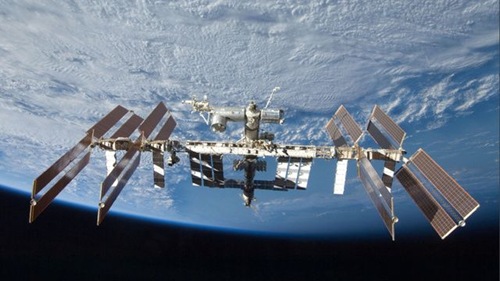
10 of the Greatest Space Technologies of the Twenty-First Century
By Annalee Newitz, io9, 14 January 2013.
By Annalee Newitz, io9, 14 January 2013.
If the twentieth century was the dawn of spaceflight, then the twenty-first is its full, bright morning. We have probes and robots exploring every corner of our solar system; we have orbiting telescopes mapping the entire galaxy as well as near-Earth objects; and we have a permanent outpost in space, the International Space Station. Plus, the successful rendezvous between SpaceX's Falcon 9 rocket and the ISS brought us officially into the age of commercial space flight.
Here are ten incredible technologies that are defining what twenty-first century space exploration is all about.
1. Cassini-Huygens Probe
The Cassini-Huygens mission is a joint effort between NASA and ESA. NASA's Cassini probe arrived at Saturn in 2004, and dropped ESA's Huygens probe into the atmosphere of Saturn's mysterious moon, Titan, which has a thick atmosphere and weather that is surprisingly similar to Earth's. Scientists are still poring over data from the Titan mission, and Cassini's many on-board instruments continue to provide us with data on Saturn, as well as its magnetosphere and its icy, watery moon Enceladus. Have you seen a gorgeous picture of Saturn lately? That's thanks to Cassini.
2. Mars Reconnaissance Orbiter
Launched in 2005 by NASA, the Mars Reconnaissance Orbiter (MRO) is currently orbiting Mars, studying the history of water on the planet. It's analyzing geographical features like canyons that might have been created by water, as well as using a spectrometer to analyze the chemical composition of the Martian surface. Its HiRISE camera can spy objects as "small as a dinner table," according to NASA, and it has even captured images of the three Martian rovers that are currently rolling (or parked) on the Martian regolith. Many of the discoveries about Martian water history and weather are due to the MRO, as are any number of breathtaking shots of the planet's surface. Above, a picture that the MRO snapped of a rarely-seen Martian avalanche.
3. Hubble Space Telescope
Launched into orbit in 1990, the Hubble Space Telescope truly is one of the greatest space instruments in the history of humanity. And it has been updated significantly in the twenty-first century. Powered by sunlight, equipped with multiple instruments and cameras for capturing images of deep space, the Hubble has shown us images of the universe that would have been impossible for Earth-based telescopes. Using Hubble, we've discovered dark energy, figured out the identities of quasars, gotten a more accurate date for the origin of the universe, and spotted countless galaxies at every stage of their life cycles. NASA estimates that over 10,000 scientific papers have been written based on data gathered by Hubble.
4. Kepler Spacecraft
The Kepler Spacecraft, a low-cost orbital telescope, was launched in 2009 with the sole purpose of locating exoplanets in the Milky Way galaxy. Since that time, it has discovered, according to NASA, "2,740 potential planets orbiting 2,036 stars." Knowing that we have discovered so many planets - a small fraction of what likely exists - has transformed our understanding of our place in the galaxy, and the universe.
5. WISE and NeoWISE Probe
The Wide-field Infrared Survey Explorer (WISE) conducted two missions in its life as a probe. First, it conducted one of the most extensive surveys of the galaxy in human history, discovering everything from brown dwarf stars (which are often candidates for planets) to stellar nurseries. Astronomers are still analyzing the data it took in its massive sky survey. In a follow-up mission called NeoWISE, the telescope also surveyed the solar system and the volume of space near Earth for asteroids and comets. Many of these are "near-Earth objects" (NEOs) that desperately needed to be mapped so that we could understand what dangers lie ahead for Earth. Knowing where the NEOs are helps us understand whether we are at risk of an impact that could potentially be devastating. The mission launched in 2009 and the probe survived so well that the mission was extended several times to gather more data.
6. Curiosity
The image you see above is a self-portrait taken by the most powerful robot ever to set wheel upon the Martian regolith. It joins its older siblings, Spirit and Opportunity, but with a more powerful set of instruments and broader range of tools. The Curiosity rover landed on Mars in 2012, aided in its descent by a breakthrough landing technology dubbed a sky crane. Curiosity, also called the Mars Science Laboratory (MSL), has one mission: to study the habitability of Mars. Its instruments are designed to explore whether there were once conditions on Mars that could support life as we know it, and to determine if those conditions still exist today.
7. Spirit and Opportunity Rovers
The rover Opportunity took this shot of the tracks it left behind. Like the MSL, Spirit and Opportunity are robotic rovers that traversed the Martian surface, lasting many years longer than the mission was expected to. They landed in 2004, and Opportunity is still active, wandering around Martian craters and discovering more about Martian geography and rock formations. The twin robots were called geologists because their main mission was to study rocks and soils up close, sending thousands of images back home to give the best views yet from the surface of a planet we'd only seen up close a few times before.
8. SELENE Lunar Orbiter
The Japanese space program, JAXA, launched this SELENE lunar satellite in 2007. It was nicknamed Kaguya, for the Japanese moon princess, and its mission was to study the geology and magnetic field of the Moon. It also offered us the most detailed, precise maps of the lunar surface in history - resulting in astonishing videos like the one above. When future explorers begin to build on the Moon, they will no doubt be relying on maps first created by Kaguya.
9. SpaceX's Falcon 9 Rocket
Though the Falcon 9 rocket from SpaceX may not have represented a great step forward technologically, it was revolutionary in terms of what it meant for the viability of a commercial space flight industry. The first privately-owned space vessel to help a craft (the Dragon) rendezvous with the International Space Station, this product of Elon Musk's entrepreneurial dreams has stepped into the place that NASA's Space Shuttles once occupied. And it presages a century where commercial spaceflight might become a reality - turning the solar system into a version of what the oceans were in the sixteenth century.
10. International Space Station
The first mission on the International Space Station (ISS) began in late 2000, ringing in the new century and the new millennium with humanity's first orbital space habitat designed for long-term visits. Now in its thirteenth year, the ISS has expanded enormously, played host to dozens of missions, and allowed scientists to conduct hundreds of experiments in Earth orbit. Most importantly, the ISS is a proof-of-concept that shows humans can live for many months in space. It is helping us learn what the effects are of space life, both physically and psychologically. And finally, it is a symbol to all of Homo sapiens that the road to human civilization beyond Earth is now open - and we're taking our first steps on it.
All images courtesy of NASA.
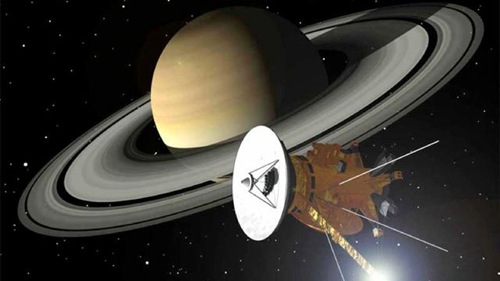

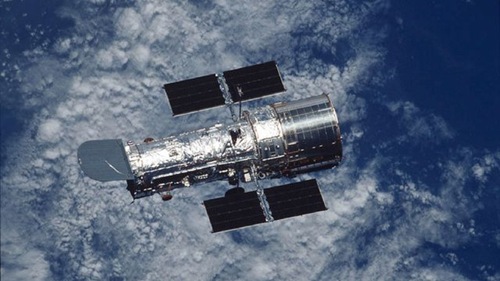
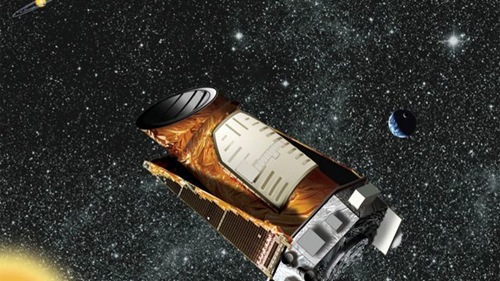

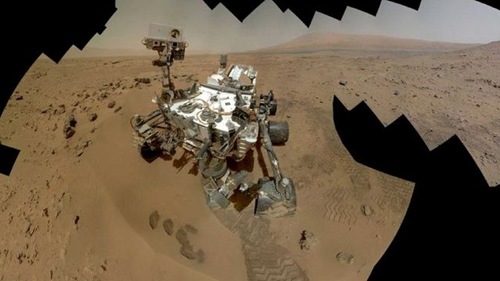


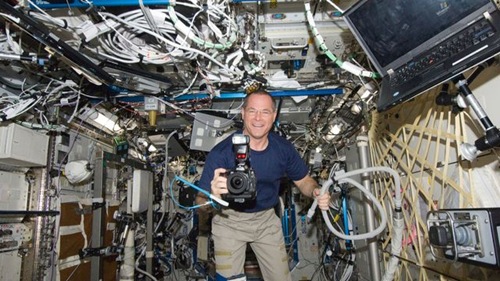
No comments:
Post a Comment
Please adhere to proper blog etiquette when posting your comments. This blog owner will exercise his absolution discretion in allowing or rejecting any comments that are deemed seditious, defamatory, libelous, racist, vulgar, insulting, and other remarks that exhibit similar characteristics. If you insist on using anonymous comments, please write your name or other IDs at the end of your message.